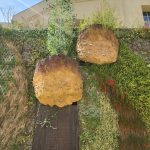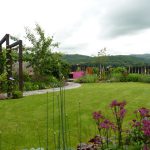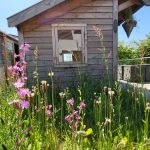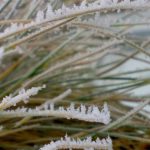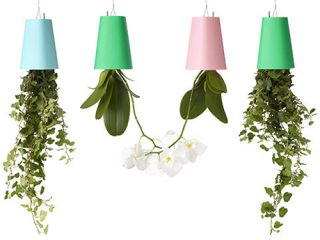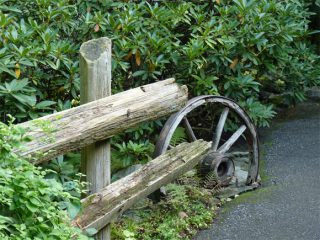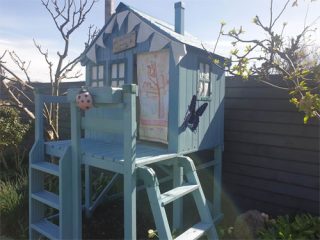10 Facts You Didn’t Know About Bluebells
Tuesday, 11 May 2021
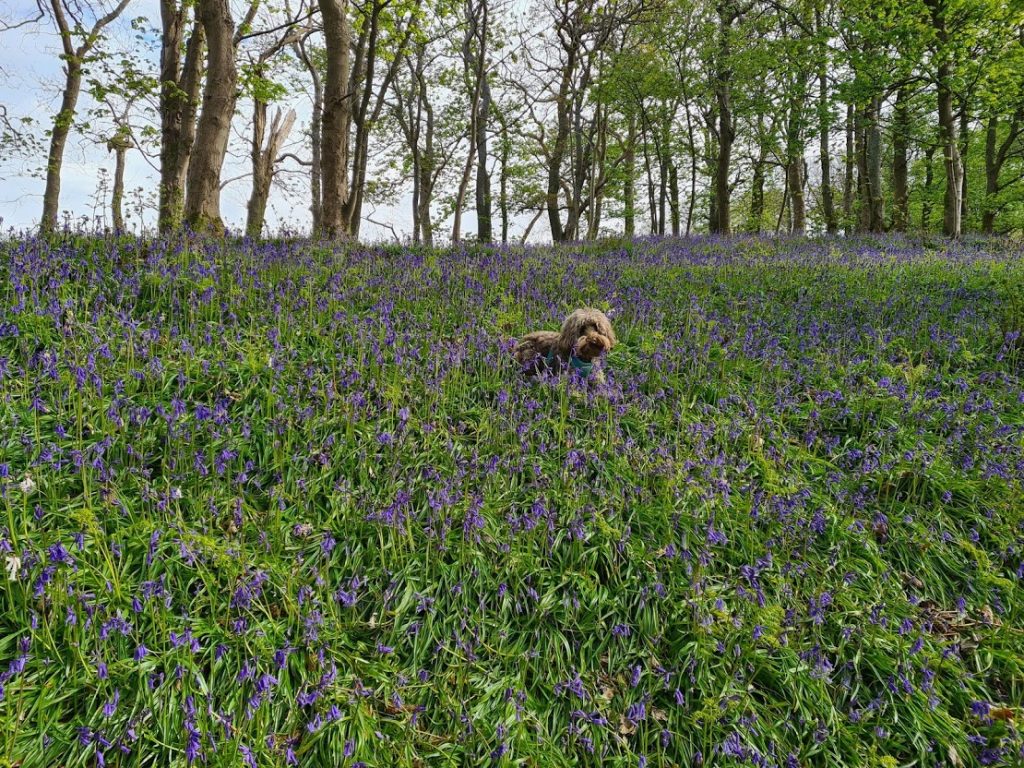
Noodle admiring the bluebells
1. Bluebells are protected under the Wildlife and Countryside Act 1981. You can be heavily fined for picking, uprooting or destroying a wild bluebell.
2. The bluebell has many names: English bluebell, wild hyacinth, wood bell, bell bottle, Cuckoo’s Boots, Wood Hyacinth, Lady’s Nightcap and Witches’ Thimbles, fairy flowers and Hyacinthoides non-scripta.
3. Over half the world’s populations of these iconic wildflowers grow in the UK.
4. If you wish to plant bluebells, please ensure it’s the English bluebell, not the Spanish version. This is a more vigorous plant and could out-compete our delicate native flower.
5. Bees enjoy bluebells pollen and nectar. Sometimes they ‘steal’ it by biting a hole in the top of the flower.
6. Bluebells can take years to recover after footfall damage. If a bluebell’s leaves are crushed, they die back from lack of food as the leaves cannot photosynthesise. So think twice before going skipping through them!
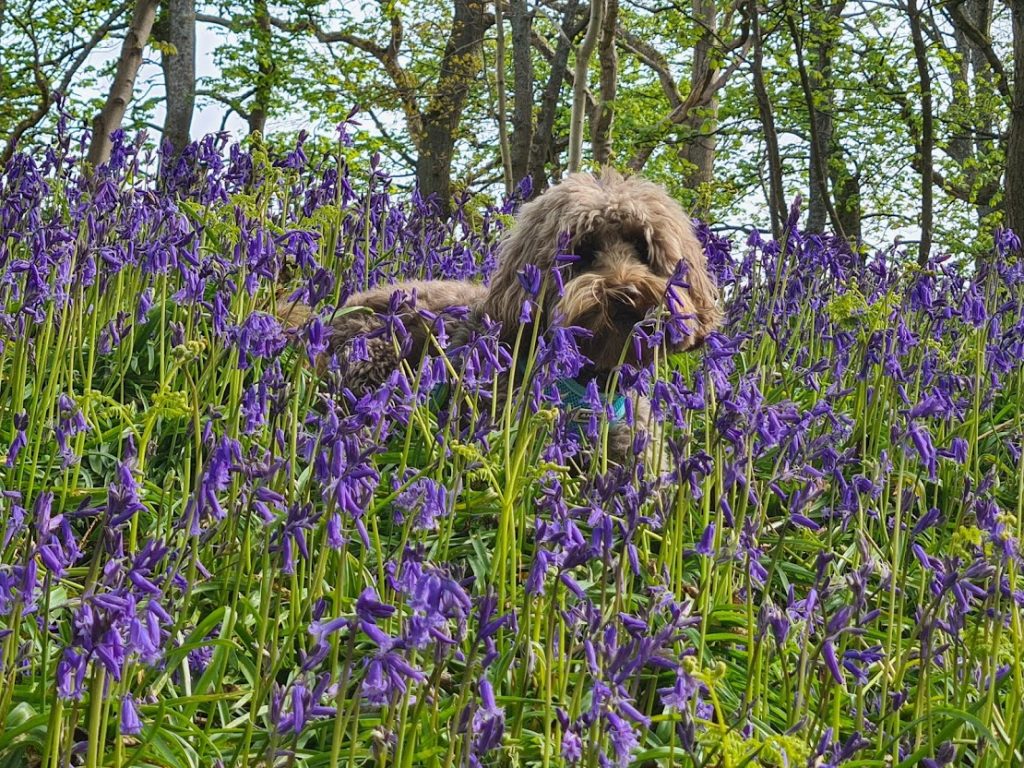
Make sure you don’t crush the bluebells on walks
7. Bluebells have been used for a variety of different things throughout history, not just for ornamental purposes. Their sticky sap was once used to bind the pages of books and glue the feathers onto arrows, and during the Elizabethan period, their bulbs were crushed to make starch for the ruffs of collars and sleeves.
8. Due to their toxicity, there has been little use for bluebells in modern medicine. However, their bulbs have diuretic (increases urination) and styptic (helps to stop bleeding) properties, and research on how these flowers could potentially help fight cancer is ongoing.
9. It takes several years for a native bluebell seed to grow into a bulb & subsequently flower.
10. Bluebells have a rich folklore, hinted at by the colloquial name: ‘fairy flowers’. In medieval tales, when forests were perceived as forbidding places, people believed that the bluebells rang out to summon fairies to their gatherings.
Certainly a magical plant worthy of our wonder as we enjoy our Spring walks past them.
Vialii
